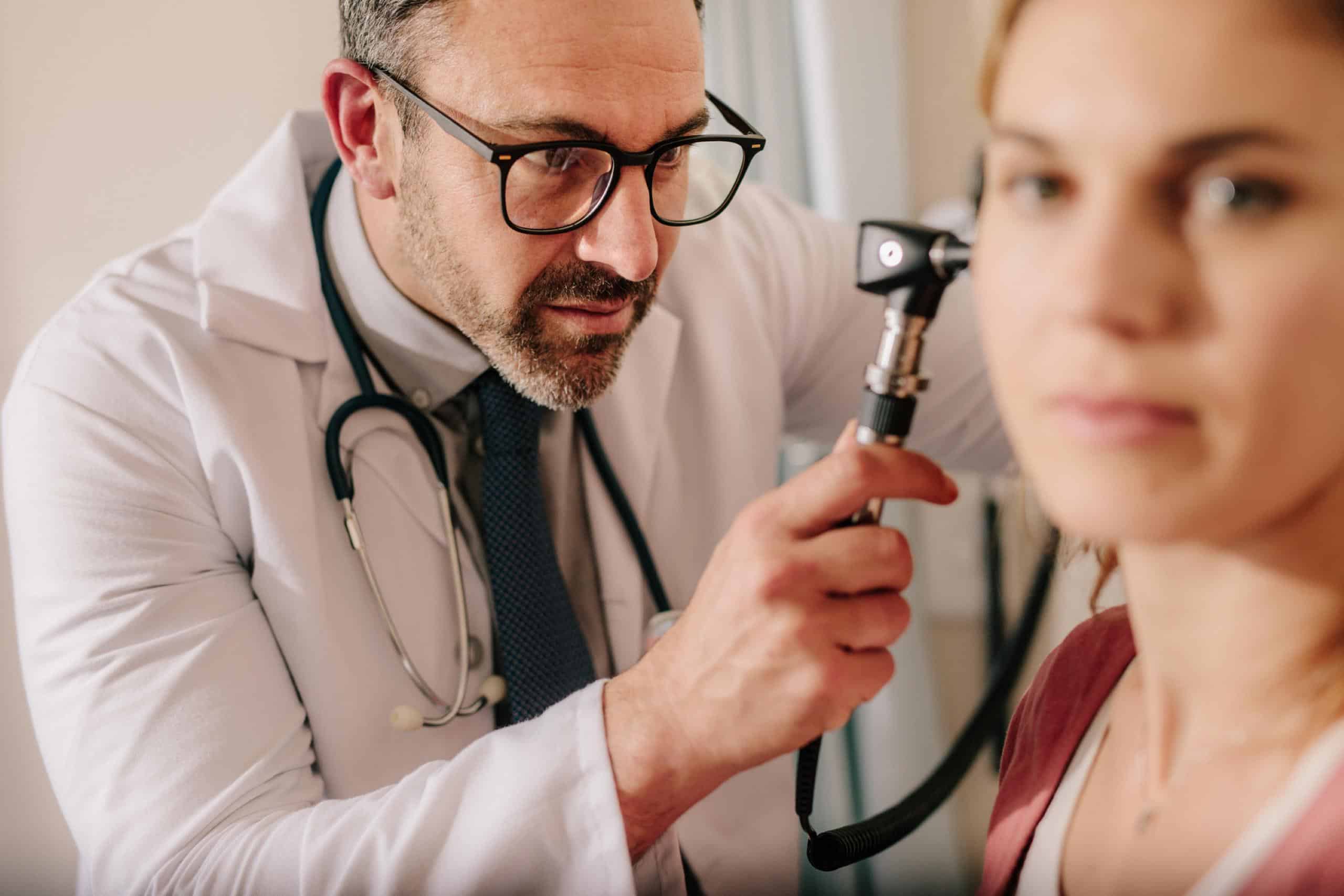Oxford hearing specialists since 1995
How do our ears age?
The development of ears over a human lifetime is a fascinating journey that begins in utero and continues to evolve throughout childhood, adolescence, adulthood, and into old age. This intricate process involves the growth and maturation of various structures within the ear, each contributing to the complex mechanisms of hearing and balance.
During prenatal development, the ears form from the embryonic tissue around the fifth week of gestation. The outer ear, or pinna, begins to take shape, followed by the development of the ear canal and tympanic membrane (eardrum). By the end of the first trimester, the inner ear structures, including the cochlea and vestibular system, have started to develop.
After birth, the ears continue to undergo significant changes and growth. In infancy and early childhood, the ear canal lengthens and widens, and the tympanic membrane becomes more resilient. These developments facilitate the transmission of sound waves from the outer ear to the middle ear, where they are amplified and transmitted to the inner ear for processing.
Throughout childhood and adolescence, the ears continue to mature, along with the auditory system. The cochlea, a spiral-shaped structure within the inner ear responsible for detecting sound vibrations, undergoes ongoing refinement, allowing for increased sensitivity to different frequencies and intensities of sound. Additionally, the auditory pathways in the brain continue to develop and strengthen, enabling more complex processing and interpretation of auditory information.
As individuals reach adulthood, the structure and function of the ears generally remain stable, with minor changes occurring over time. However, exposure to environmental factors such as loud noise, ototoxic medications, and aging can impact hearing health. Prolonged or repeated exposure to loud noise can damage the delicate hair cells in the inner ear, leading to noise-induced hearing loss. Similarly, certain medications, such as chemotherapy drugs and some antibiotics, can have adverse effects on hearing and balance function.
As individuals enter old age, the ears undergo natural changes associated with the aging process, known as presbycusis. These changes may include a gradual decline in hearing sensitivity, particularly for high-frequency sounds, as well as changes in the structure and function of the auditory system. Additionally, age-related changes in the vestibular system can contribute to problems with balance and spatial orientation.
In conclusion, the development of ears over a human lifetime is a dynamic process that encompasses prenatal, childhood, adolescent, adult, and aging stages. From the formation of the outer ear in utero to the gradual changes associated with aging, the ears play a crucial role in facilitating hearing and balance throughout life. Understanding these developmental changes and their potential impact on hearing health is essential for promoting optimal auditory function and overall well-being across the lifespan.
Stephanie Tylor
Jan 25 2024








